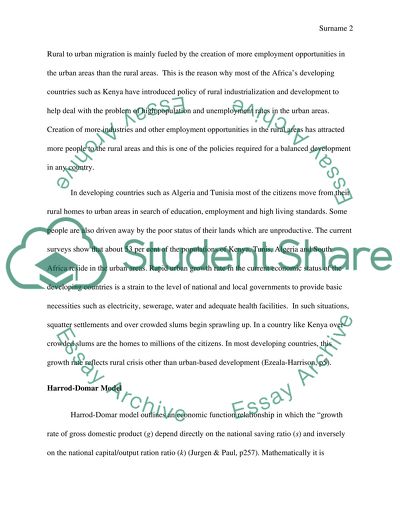Cite this document
(“Review of the Economic Development Theories in Africa Essay”, n.d.)
Retrieved from https://studentshare.org/macro-microeconomics/1421278-review-of-the-economic-development-theories-in-africa
Retrieved from https://studentshare.org/macro-microeconomics/1421278-review-of-the-economic-development-theories-in-africa
(Review of the Economic Development Theories in Africa Essay)
https://studentshare.org/macro-microeconomics/1421278-review-of-the-economic-development-theories-in-africa.
https://studentshare.org/macro-microeconomics/1421278-review-of-the-economic-development-theories-in-africa.
“Review of the Economic Development Theories in Africa Essay”, n.d. https://studentshare.org/macro-microeconomics/1421278-review-of-the-economic-development-theories-in-africa.


